Depression Glass Green Goblets
When Grandmom died, we divided her belongings. Unwittingly, I took items that seem to have some unique value, one of them being these depression glass goblets.
Depression glass refers to inexpensive colored transparent glassware manufactured in the U.S. from the mid-1920s through WWII. It was often given away as a promotional item with the purchase of everything from flour to gasoline and even movie tickets.
Although designed to imitate earlier fancy decorative patterns, vintage Depression glass was machine pressed into molds rather than hand-blown, and not hand finished. Depression glass is also known for its distinctive colors including pinks, greens, and ambers.
Some of the major manufacturers of Depression glass included Jeannette, Federal, Hazel Atlas, Anchor Hocking, Indiana Glass Company, and MacBeth-Evans.
Pictured here is from Anchor-Hocking, Forest Green Inspiration Tumblers, 6 3/8 inch, 13 oz. Inspiration ice tea goblets.

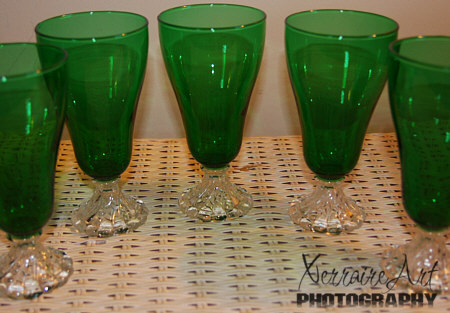
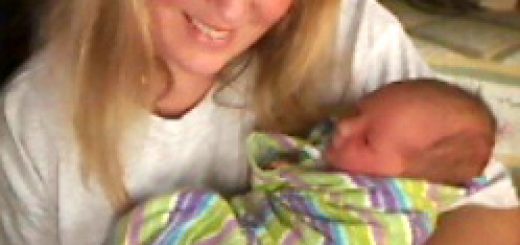
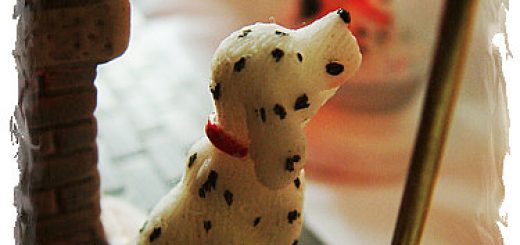
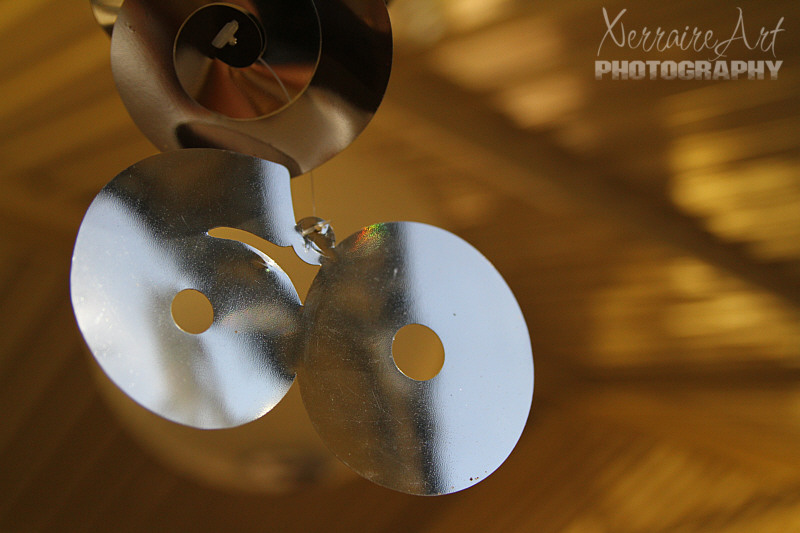







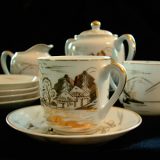

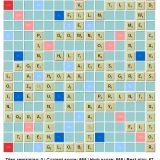


They are gorgeous. My mom collects green glass too but she doesn’t look for any specific type just what catches her eye. She has them displayed on shelves in the living room. We often pick up pieces for her that look interesting. My collection is blue plates…isn’t it funny how we all have our own collections?
I was at a garage sale and the lady brought out this beautiful green goblet to show me. She asked me to research it for her and find out what or who made them.
Glass goblets of any color are fun to collect. I collect goblets and I love decanters. These green goblets are alot of fun to admire I would bet even more fun to use!
Would just like to know what these glasses would be worth. I have a set of 6.
Thank you
Would like to know what these glasses are worth. I have a set of 12.
Thank you
Cost of glasses
I’d like to know their value. I have 18.
I have 7 Depression glass green goblets, would like to know what they are worth.
I have 12 Depression green goblet glasses. My mother got them by purchasing Louisanne tea back in the 60s. Do you know the cost of them? Thanks
The most common identification question I’m asked has to do with three different stemware patterns that Anchor Hocking produced from 1950 through the 1970s. Two of the three were sold as open stock to coordinate with their very popular Bubble dinnerware pattern, while the third was made only as premium item.
But all three patterns have little glass balls as their predominant feature, were produced in the same colors and are called by multiple names. And if that isn’t enough to confuse you, one of them looks so much like Imperial Glass Co. Candlewick pattern, that it’s usually mislabeled and sold as such. Let’s look at each pattern and try to untangle the mess. If you’re one of those folks who has problems with names, please have a pencil and paper handy as the rest of this column is going to be a bumpy ride.
Bubble is the collector’s name for Hocking’s Bullseye or Provincial pattern. Made from 1940 to 1968, original labels read only “Fire-King Table Ware – guaranteed heat proof” with no pattern name. Bubble has a central daisy-like sunburst surrounded by concentric rings of raised circles. (For you note takers: Bubble = Hocking, concentric circles and daisy sunburst center). Bubble was originally produced in Sapphire blue and crystal, with Forest Green added in 1953, and ruby from 1962-64. Sapphire Blue production ceased in 1948 – well before Hocking began making matching stemware – so you won’t find any of these stems in blue.
In the 1950s, Hocking started making the Early American stemware line to coordinate with Bubble dinnerware. Early American has concentric rings of circles on the base that look just like the outer edge of Bubble plates. In fact, in 1957, Forest Green Bubble was sold in 30-piece Hostess sets that included Early American stemware. This may be the reason that collectors have been calling it Bubble instead of Early American pretty much since it first hit the market. (Add this to the list: Early American = Bubble stemware with concentric circle pattern on the foot). Early American can be found in crystal, ruby, and Forest Green – all three colors have a crystal foot.
Now here’s where things get confusing. Along with Early American stemware, Hocking created another line that they called Berwick. Berwick incorporates the center design of the Bubble pattern on the foot. Take a look at the Berwick base pictured and you’ll see the same daisy-like sunburst surrounded by circles that’s found in the center of the Bubble plate. (Another entry: Berwick = Bubble stem-ware with daisy & glass balls on the foot.)
Berwick stems are the ones that are most often confused with Imperial’s Candlewick pattern — arguably the most popular pattern that Imperial Glass ever produced. It was made from 1936 to 1984 in literally hundreds of different items. The identifying feature of the Candlewick pattern is the glass balls that adorn edges, handles and stems. So how do you tell Candlewick and Berwick apart? It’s simple if you remember Candlewick is plain with no adornment aside from the glass balls, while Berwick has a daisy center. (Once again: Candlewick = Imperial Glass, plain foot with glass balls.)
OK, so Berwick and Candlewick look very much alike, but you can tell them apart because you’re looking for the daisy on Berwick which looks like the center of Bubble, which it was designed to go with. Unfortunately, it isn’t that easy (That was easy?) because most folks have never heard the name Berwick: instead, they use the name coined by Hazel Marie Weatherman: Boopie. (Write this down: Boopie = Berwick). We can only guess that she called it Boopie because of the little ‘boops’ around the edge, but whatever the reason, the name stuck with collectors and now we have Boopie stemware instead of Berwick.
I constantly come across Boopie stems that are labeled Candlewick. A trend I see among online sellers is to call them Candlewick Boopie Stemware. At first I thought they were using every name possible to garner more traffic in the search results, but after reading the descriptions, it’s clear that 98 percent of the people haven’t a clue what they’re selling. Caveat emptor!
The final stemware line in the mulligan stew of stemware is Hocking’s Inspiration line. Inspiration has a swirled pattern on the foot that alternates between plain and beaded columns. Inspiration was only made in Forest Green with the clear foot, and was never sold open stock. It was created as a premium item for Stanley Coffee Co. (among others) and came packed with tea. Because it doesn’t appear in any catalogs, the Inspiration name was unknown until a boxed set turned up in the 1980s, and so Inspiration has always gone by the Weatherman name: Burple. (Final addition to your list: Inspiration = Hocking stemware with swirled foot; aka Burple). I won’t venture to guess where that name came from.
If you’ve been diligent in your note taking, you should be able to decipher the Bubble/Early American – Berwick/Boopie – Inspiration/Burple – Candlewick stem-ware riddle when you’re out antiquing this summer. They are easily distinguished if you can remember which is which. Just don’t lose your notes, or better yet, laminate them and keep them in your wallet.
8/7/2008
ShareThis Facebook Tweet LinkedIn Email